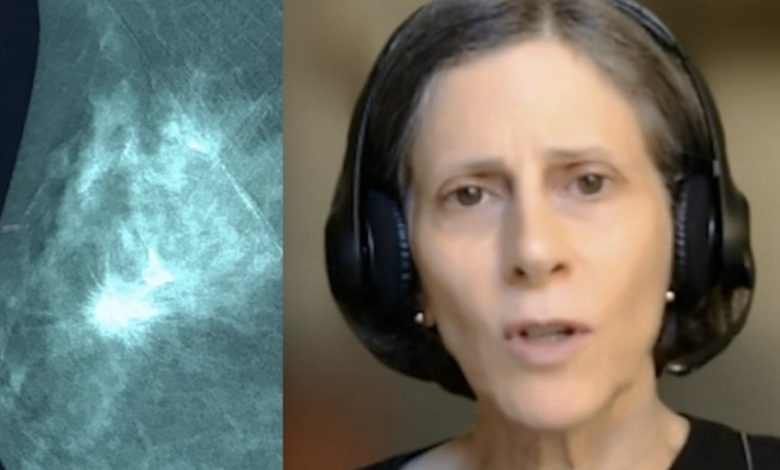The pros and cons of current breast screening modalities and the role of AI

In recent years, there has been a substantial advancement in breast cancer screening. New technologies offer better detection rates, but they also present practical issues. Debra L. Monticciolo, MD, a former president of the American College of Radiology and the Society of Breast Imaging, was interviewed by Radiology Business. She talked about the newest advancements in breast imaging technology as well as how artificial intelligence can lessen radiologists’ workloads.
Advances in contrast-enhanced mammography and breast MRI
Contrast-enhanced mammography is one of the newest technologies that is gaining popularity. By using plain mammograms, this approach enhances the traditional morphologic imaging with a physiological component. It is significantly more widely available, quicker, and less expensive than magnetic resonance imaging for supplemental screening because it may be done using a regular mammography system.
“There’s a lot of interest in contrast-enhanced mammography because it provides a more accessible and potentially less expensive way to screen,” Monticciolo remarked. She clarified that although MRI is still the gold standard for identifying breast cancer, it is costly and involves an intravenous gadolinium injection, which may make it impractical for broad usage in extensive screening programs.
Similar to MRI, CEM is less expensive but still employs contrast chemicals. It does, however, have several disadvantages, such as the need for contrast injection. Monticciolo expressed optimism that future MRI screening could be made simpler by continuing research into noncontrast MRI or other contrast agents.
Breast ultrasound faces challenges
Additional screening tools such as automated breast ultrasonography have also been investigated. Despite having the benefit of no radiation, it has not been widely used. Monticciolo said that ultrasonography is no longer as effective as it once was as a supplemental screening tool because of the advent of digital breast tomosynthesis, which can identify around half of the tumors that ultrasonography identifies following a negative mammography. Furthermore, a high rate of false positives in ultrasound has resulted in needless biopsies and patient distress.
“People didn’t like having all those benign biopsies, and it hurt ultrasound’s wider adoption,” she added.
The goals of ABUS were labor reduction, improved exam reproducibility, and shorter portable breast imaging times. She added, though, that these problems have not been entirely resolved. She said that many ABUS scans still need a handheld ultrasound follow-up, which reduces the time savings.
The role of AI in breast imaging
Radiologists are overloaded with data due to the rise of digital breast tomosynthesis, which produces many more images per exam than traditional mammography. AI has the ability to have a big influence in this. Monticciolo emphasized the application of AI in image triage, which frees radiologists to concentrate on high-risk situations or particular picture slices.
In the long run, she added, AI might be able to identify low-risk instances and lessen the effort for human readers. “The hope is that AI can help us manage the volume,” she stated.
AI in breast imaging is still in its infancy, nevertheless. Although the system shows promise, it still has to be continuously validated on big and diverse datasets in order to guarantee accuracy.
Referencing a Swedish study where AI and human readers together produced the best outcomes, Monticciolo cautioned, “We’re not at a point where AI can read alone.” However, AI alone missed many malignancies.
AI may also be useful in the risk assessment phase of breast imaging. There are already algorithms in development that identify women who have a higher risk of getting breast cancer and could benefit from additional screening, such MRIs.
According to Monticciolo, “it could help make MRI more useful by focusing on those who are at higher risk.”
The future of breast imaging
While each of the existing methods has advantages and disadvantages, artificial intelligence (AI) may hold the key to raising the effectiveness and precision of breast cancer screening. AI is positioned to play a key role in breast imaging processes by supporting image interpretation, aiding in patient triage, and directing choices regarding additional screening. But as Monticciolo pointed out, technology is still developing, and for the time being, human skill is still necessary to ensure correct diagnoses.
As AI develops, its application to breast imaging could alleviate the increasing scarcity of breast imaging experts, relieving radiologists of some of their workload while increasing the likelihood of cancer detection.
“Computers are becoming increasingly sophisticated. They’ll eventually be able to assist us with mammograms if they can operate a vehicle, the speaker stated.




